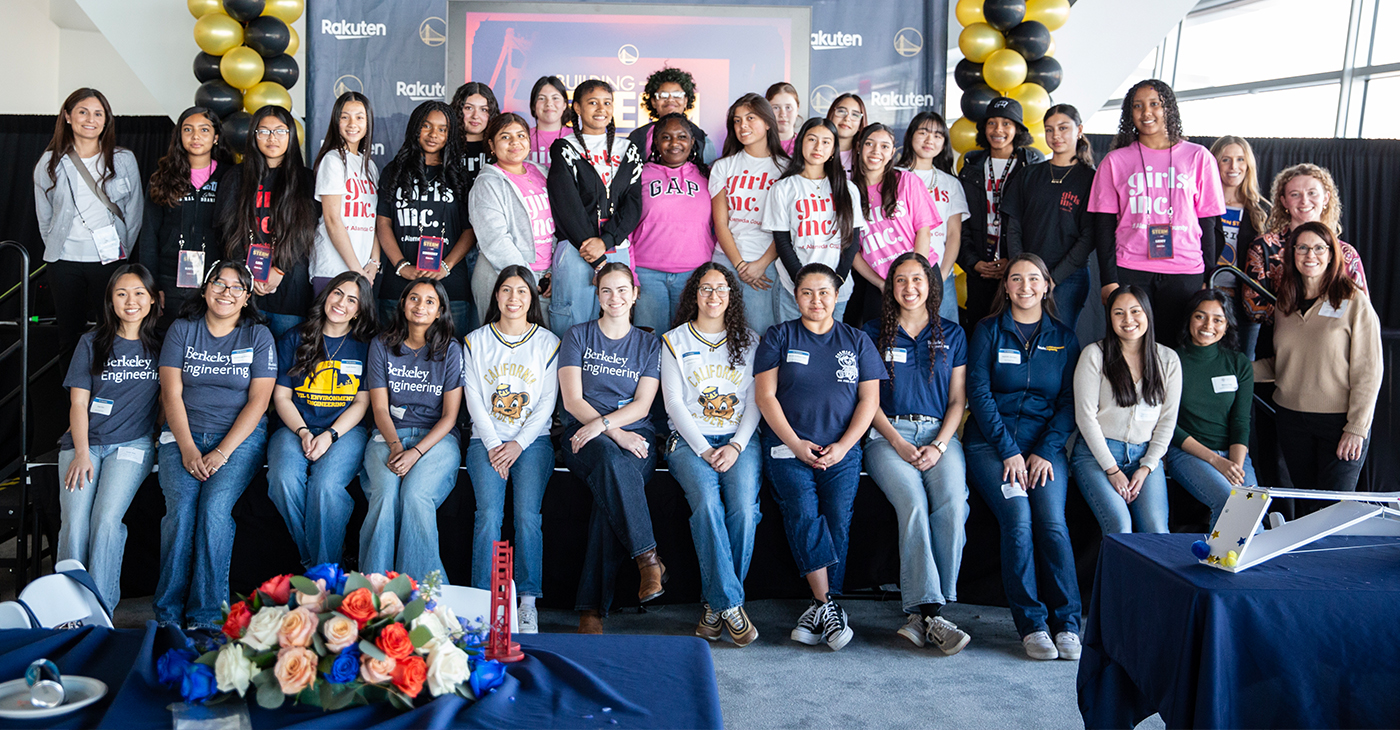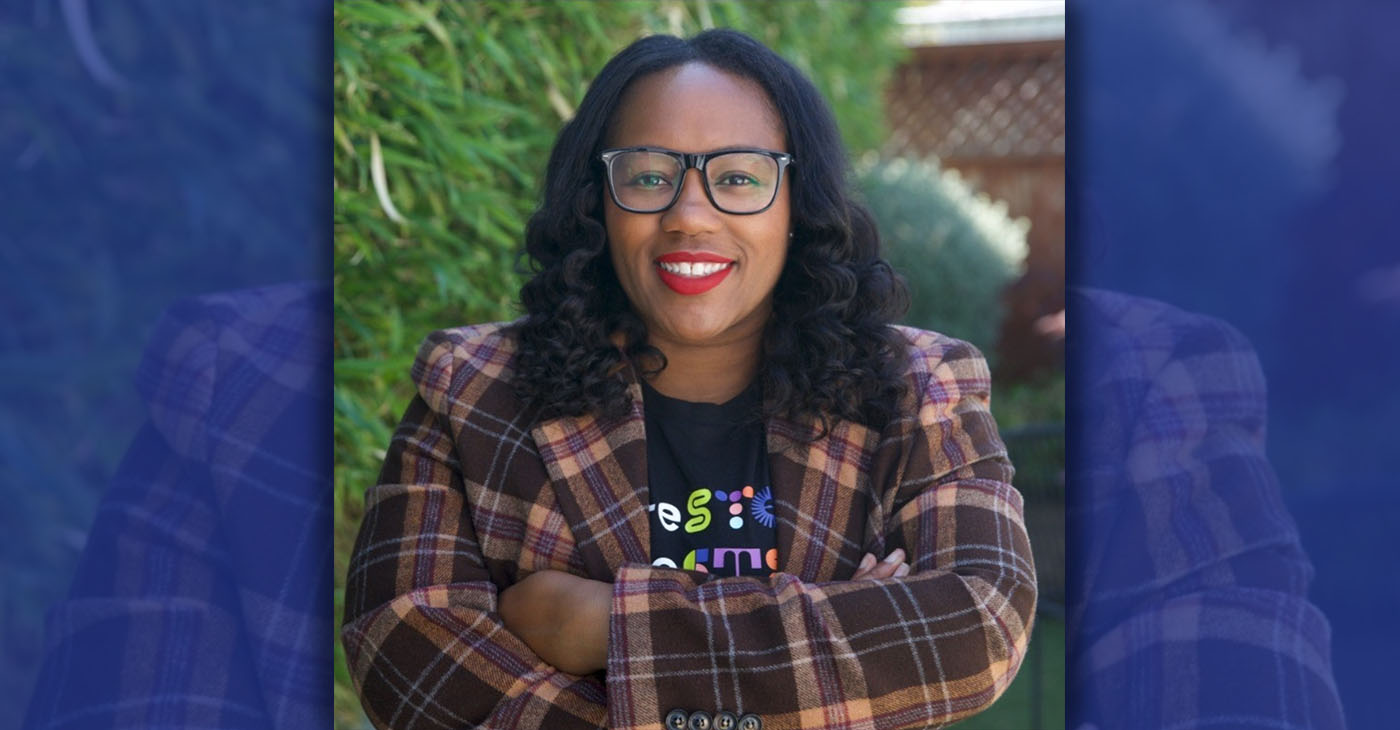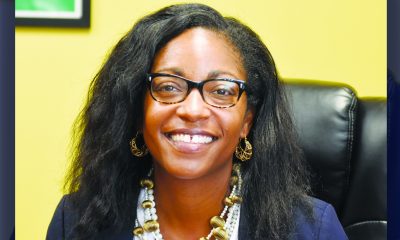Technology
News Guide: Net Neutrality and What it Could Mean to You

In this Oct. 8, 2014 file photo, Federal Communications Commission (FCC) Chairman Tom Wheeler speaks during new conference in Washington. Internet service providers, including those selling wireless connections, would be prohibited from slowing down or speeding up web traffic, under rules proposed Wednesday by a top U.S. regulator that would subject the broadband industry to unprecedented regulation. (AP Photo/Jose Luis Magana, File)
ANNE FLAHERTY, Associated Press
WASHINGTON (AP) — A top U.S. regulator just announced he wants more power to oversee Internet service, much in the same way that the government already regulates phone service and other public utilities. The goal is to prevent Internet service providers like AT&T, Verizon, Comcast, Sprint and T-Mobile from blocking or slowing down Web traffic, or striking deals with companies that provide content like Amazon, Google or Netflix to move their data faster than others.
What does this mean for the average person? Probably nothing right away. One of the big providers will likely take the matter to a federal court and ask the judge to suspend enforcement of the rules until the case is decided.
But this latest decision by Tom Wheeler, chairman of the Federal Communications Commission, opens up a new chapter in Internet history. Equal access to content has been deemed a right of the American public. And depending upon how it’s done, that could mean more taxes.
A look at the issue and why you should care:
___
NET NEUTRALITY
The idea of net neutrality is that websites or videos load at about the same speed. This means you won’t choose to watch “Downton Abbey” on Amazon Prime instead of “Orange is the New Black” on Netflix because Amazon has struck some backdoor deal with your service provider to load its data faster. And when you’re shopping online and comparing prices, images of Eddie Bauer jackets won’t load faster than those on the LL Bean site. As you can imagine, this kind of disparity matters greatly in the world of online commerce and entertainment.
___
WHY NOW
It’s true the Internet has flourished under very little regulation. It’s also true that this exponential growth can be attributed in part to the Internet’s open architecture. Under the threat of regulation and because of market demand, service providers for many years agreed not to pick winners and losers among Web traffic.
What’s changed recently is that Netflix, YouTube and other on-demand video services have become wildly popular, including as an alternative to expensive cable packages. They can hog much of a provider’s bandwidth at any given time. Internet service providers say they have invested heavily to improve their infrastructure to handle the heavy traffic. Isn’t it only fair to charge Netflix and others a “toll” to move their data?
Netflix objects and has compared these toll fees to holding data for ransom.
___
THE PLAN
Chairman Wheeler wants to subject all Internet service, including wireless, to Title II of the 1934 Communications Act. This is the same law that governs phone service and gives the FCC broad authority to ensure everyone has access.
Wheeler says he won’t apply several pieces of the law, including price controls. Industry contends that once Title II is applied, it’s only a matter of time before Internet service becomes bogged down in red tape.
The FCC’s five-member commission is planning to vote on the plan on Feb. 26, and it’s likely the proposal will be approved along party lines. But because of legal challenges, it’s possible the issue won’t be resolved for several more years, even well into the next president’s first term.
___
CONGRESS
Lawmakers could try to resolve the uncertainty, but Congress rarely is that pragmatic. Lawmakers tend to take on issues that fire up their base or bring their states money, and an in-the-weeds compromise on telecommunications law would be a lot of work with little immediate payoff.
So far, Republicans have pitched an idea that would enforce basic open Internet rules but could strip the FCC of its ability to help local municipalities build their own broadband. It’s a nonstarter for President Barack Obama and congressional Democrats who say poor and rural areas have been left behind in the deployment of high-speed Internet.
Assuming Wheeler’s proposal satisfies consumer advocacy groups, Democrats would have little incentive to revisit the issue. While Republicans have the votes to push through their own anti-regulation legislation without Democratic support, Obama would veto it.
___
CONSUMERS
Most Internet providers, except Sprint, have warned that the legal uncertainty would chill future investments. Wheeler has shrugged off these suggestions, citing $300 billion in investment by the wireless industry in the past two decades.
As for taxes, the Progressive Policy Institute estimated that treating the Internet like phone service would trigger taxes and fees up to $15 billion a year, including $67 for each wired service and $72 for wireless in state and local taxes.
But that report, widely quoted by industry lobbyists, did not take into account the Internet Tax Freedom Act, which prohibits state and local governments from imposing new taxes on Internet access, or the FCC’s ability to shield consumers against some state and local taxes by claiming the Internet is an “interstate” service.
Copyright 2015 The Associated Press. All rights reserved. This material may not be published, broadcast, rewritten or redistributed.
Activism
Golden State Warriors Program Is Inspiring Next Generation of Female Engineers
Breaking down barriers and biases that deter young girls from pursuing STEAM subjects is essential for creating a level playing field and ensuring equal opportunities for all. By challenging stereotypes and promoting a culture of inclusivity and diversity in STEAM fields, experts believe young girls can be empowered to pursue their interests and aspirations without limitations confidently. Encouraging mentorship, providing access to resources, and celebrating girls’ achievements in STEAM are all crucial steps in creating a supportive environment that fosters success.

By Y’Anad Burrell
The Golden State Warriors and e-commerce giant Rakuten are joining forces to inspire the next generation of female engineers through Building STEAM Futures, part of The City Calls campaign.
Organizers say the initiative is founded on the idea that science, technology, engineering, arts, and mathematics (STEAM) are crucial fields for innovation and progress, and empowering young girls to pursue careers in these areas is more important than ever. Studies consistently show that girls are underrepresented in STEAM fields, resulting in a gender disparity that limits potential and hinders diversity.
Breaking down barriers and biases that deter young girls from pursuing STEAM subjects is essential for creating a level playing field and ensuring equal opportunities for all. By challenging stereotypes and promoting a culture of inclusivity and diversity in STEAM fields, experts believe young girls can be empowered to pursue their interests and aspirations without limitations confidently. Encouraging mentorship, providing access to resources, and celebrating girls’ achievements in STEAM are all crucial steps in creating a supportive environment that fosters success.
On Saturday, March 8, International Women’s Day, the Warriors and Rakuten hosted 20 middle school girls from Girls Inc. of Alameda County at Chase Center’s Above the Rim for a hands-on bridge-building experience. The young girls from Girls, Inc. of Alameda County had an opportunity to design, build and test their own bridge prototypes and learn the fundamentals of bridge construction from the Engineering Alliance and the UC Berkeley Steel Bridge Team.
This STEAM experience for the girls followed the first session in January, where they took a behind-the-scenes tour of the Golden Gate Bridge, learning about its design and construction from industry experts. The City Calls campaign, tipped off with the unveiling the Warriors’ new bridge-themed City Edition jerseys and court design earlier this year.
Activism
Self-eSTEM Empowers BIPOC Women, Girls in Science, Math
In January 2025, Self-eSTEM will launch digital and generative AI programming, which provides digital literacy and AI literacy training through an entrepreneurial project-based activity. This programming will be a hybrid (i.e. in-person and online). Additionally, thanks to a grant from Comcast, in spring 2025, the organization will have a co-ed series for middle and high school students.

By Y’Anad Burrell
Special to The Post
In a world where technology plays an increasingly central role in all aspects of life, the importance of Science, Technology, Engineering, and Math (STEM) education cannot be overstated. Recognizing the significance of STEM for the future, focusing on young women and girls is a critical step in achieving gender equality and empowering the next generation.
Self-eSTEM, an Oakland-based non-profit organization, was founded by Adamaka Ajaelo, an Oakland native who had a successful corporate career with several Bay Area technology and non-tech companies. Ajaelo boldly decided to step away from these companies to give 100% of her time and talent to the non-profit organization she started in 2014 in the belief that she can change the game in innovation and future STEM leaders.
Over the course of a decade, Ajaelo has provided futurist tech programming to more than 2,000 BIPOC women and girls. The organization has an Early STEM Immersion Program for ages 7-17, Emerging Leaders Workshops for ages 18-25 and volunteer network opportunities for ages 25 and up.
In January 2025, Self-eSTEM will launch digital and generative AI programming, which provides digital literacy and AI literacy training through an entrepreneurial project-based activity. This programming will be a hybrid (i.e. in-person and online). Additionally, thanks to a grant from Comcast, in spring 2025, the organization will have a co-ed series for middle and high school students.
While the organization’s programs center on innovation and technology, participants also gain other valuable skills critical for self-development as they prepare for a workforce future. “Self-eSTEM encourages young women to expand on teamwork, communication, creativity, and problem-solving skills. The organization allows young women to enter STEM careers and pathways,” said Trinity Taylor, a seventh-year innovator.
“Our journey over the last decade is a testament to the power of community and opportunity, and I couldn’t be more excited for what the future holds as we continue to break barriers and spark dreams,” said Ajaelo.
“By encouraging girls to explore STEM fields from a young age, we foster their intellectual growth and equip them with the tools needed to thrive in a competitive global economy,” Ajaelo says.
Empowering young girls through STEM education is also a key driver of innovation and progress. When young women and girls are encouraged to pursue careers in STEM, they bring unique perspectives and problem-solving approaches to the table, leading to more diverse and inclusive solutions. This diversity is crucial for driving creativity and pushing boundaries in scientific and technological advancements.
Self-eSTEM has fundraising opportunities year-round, but year-end giving is one of the most critical times to support the program. Visit www.selfestem.org to donate to the organization, as your generosity and support will propel programming support for today’s innovators.
You will also find more details about Self-eSTEM’s programs on their website and social channels @selfestemorg
Antonio Ray Harvey
Feds: California Will Be Home to New National Semiconductor Technology Center
California was chosen by the U.S. Department of Commerce (Commerce) and Natcast, the operator of the National Semiconductor Technology Center (NSTC) to be home to the headquarters for the National Semiconductor Technology Center – as part of the Biden-Harris Admin’s CHIPS and Science Act. The CHIPS for America Design and Collaboration Facility (DCF) will be one of three CHIPS for America research and design (R&D) facilities and will also operate as the headquarters for the NTSC and Natcast.

By Antonio Ray Harvey
California was chosen by the U.S. Department of Commerce (Commerce) and Natcast, the operator of the National Semiconductor Technology Center (NSTC) to be home to the headquarters for the National Semiconductor Technology Center – as part of the Biden-Harris Admin’s CHIPS and Science Act.
The CHIPS for America Design and Collaboration Facility (DCF) will be one of three CHIPS for America research and design (R&D) facilities and will also operate as the headquarters for the NTSC and Natcast.
“We are thrilled that the Department of Commerce and Natcast chose to locate this critically important facility in Sunnyvale, the heart of the Silicon Valley, alongside the world’s largest concentration of semiconductor businesses, talent, intellectual property, and investment activity,” said Dee Dee Myers, Senior Economic Advisor to Gov. Gavin Newsom and Director of the Governor’s Office of Business and Economic Development (GO-Biz). “The Newsom Administration and our partners across the industry know how important it is to shorten the timeframe from R&D to commercialization.”
According to GO-Biz, the DCF is expected to direct over $1 billion in research funding and create more than 200 employees in the next decade. The facility will serve as the center for advanced semiconductor research in chip design, electronic design automation, chip and system architecture, and hardware security. The CHF will be essential to the country’s semiconductor workforce development efforts.
As detailed in the released NSTC Strategic Plan, the DCF will suppress the obstacles to “semiconductor prototyping, experimentation,” and other R&D activities that will enhance the country’s global power and leadership in design, materials, and process innovation while enabling a vigorous domestic industr“Establishing the NSTC headquarters and design hub in California will capitalize on our state’s unparalleled assets to grow a highly skilled workforce and develop next-generation advancements,” stated U.S. Sen. Alex Padilla (D-Calif.). “This CHIPS Act funding will propel emerging technologies and protect America’s global semiconductor leadership, all while bringing good-paying jobs to our state.”
-

 Activism4 weeks ago
Activism4 weeks agoAI Is Reshaping Black Healthcare: Promise, Peril, and the Push for Improved Results in California
-

 Activism4 weeks ago
Activism4 weeks agoBarbara Lee Accepts Victory With “Responsibility, Humility and Love”
-

 Activism4 weeks ago
Activism4 weeks agoESSAY: Technology and Medicine, a Primary Care Point of View
-

 Activism4 weeks ago
Activism4 weeks agoNewsom Fights Back as AmeriCorps Shutdown Threatens Vital Services in Black Communities
-

 Activism4 weeks ago
Activism4 weeks agoFaces Around the Bay: Author Karen Lewis Took the ‘Detour to Straight Street’
-

 Arts and Culture4 weeks ago
Arts and Culture4 weeks agoBOOK REVIEW: Love, Rita: An American Story of Sisterhood, Joy, Loss, and Legacy
-

 #NNPA BlackPress4 weeks ago
#NNPA BlackPress4 weeks agoThe RESISTANCE – FREEDOM NOW
-

 Alameda County4 weeks ago
Alameda County4 weeks agoOUSD Supt. Chief Kyla Johnson-Trammell to Step Down on July 1
















































